What You Need To Know About Stroke Treatment
A stroke requires emergency medical attention. But did you know there's more than one type of stroke, and the one you have may determine your treatment?

By Parth Modi, MD, Neurologist—Virtua Neurosciences
A stroke is an emergency that requires medical attention. But, did you know there’s more than one type of stroke, and the one you have may determine your type of treatment?
A stroke occurs when blood flow to the brain is disrupted, resulting in distinctive symptoms that affect one side of the body, such as sudden weakness in the face, arm, or leg; blurred vision; and slurred speech. However, a stroke can have more than one cause.
What is an ischemic stroke?
Nine out of 10 strokes are considered ischemic strokes. This type of stroke occurs when a vessel supplying blood to the brain is obstructed. Ischemic strokes are divided into two types—thrombotic and embolic.
A thrombotic stroke occurs when a clot blocks blood flow inside an artery within the brain or leading to it. An embolic stroke occurs when a clot forms somewhere else in the body, usually the heart. This clot can break away and travel through the blood vessels to the brain, causing a stroke.
High blood pressure and high cholesterol put you at increased risk of plaque build-up and blood clots in your arteries.
What is a hemorrhagic stroke?
A hemorrhagic stroke, or intracerebral hemorrhage, occurs when a weakened blood vessel ruptures and bleeds into the surrounding brain tissue. The hemorrhage puts too much pressure on brain cells, damaging them.
Uncontrolled high blood pressure and an aneurysm—a weak spot in a blood vessel that may bulge and swell—are the leading causes of hemorrhagic strokes.
What are some advanced procedures to treat a stroke?
Unfortunately, people having a stroke don’t always treat it as an emergency and think the symptoms may simply go away on their own.
It’s important to understand that a stroke requires immediate medical attention. The faster we can determine the type of stroke you’re having and restore blood flow, the better chance we have of preventing significant brain damage.
The Penn Medicine Virtua Health neurovascular team uses state-of-the-art techniques to minimize stroke damage. For an ischemic stroke, this includes:
- Clot-busting drugs: Tissue plasminogen activator (tPA), given three to four hours from the start of stroke symptoms, can dissolve the clot and restore blood flow to the brain.
- Thrombectomy: A wire-cage stent attached to a catheter is threaded through an artery in the groin up to the blocked vessel in the brain. The stent opens, grabs the clot, and removes it. This and other endovascular procedures are performed at Virtua Our Lady of Lourdes Hospital.
- Carotid endarterectomy: Plaque in the carotid artery is removed through a surgical incision. Another option is a carotid angioplasty, which opens the clogged artery using a special balloon and stent.
For a hemorrhagic stroke, treatments include:
- Surgical clipping: A tiny clamp at the base of the aneurysm stops it from bursting or continuing to bleed.
- Endovascular embolization: Coils delivered through a catheter to the brain fill the aneurysm and stop the bleeding.
- Stereotactic radiosurgery: Highly focused radiation repairs blood vessel malformations.
Time is of the essence when treating stroke. So learn to recognize the symptoms and don’t delay calling 911 if you think you or a loved one is having a stroke.
The Penn Medicine Virtua Health Neurosciences Program provides advanced, high-quality neurologic care close to come. Call 888-847-8823 to schedule a consultation.
There's So Much More to Explore
Discover expert insights, inspiring stories, health tips, and more by exploring the content below!

How to Spot the Early Signs and Symptoms of a Stroke

How Weight-Loss Surgery Can Improve Diabetes, Heart Health, and More

Knee Replacement Rehab: 7 Exercises to Restore Your Strength and Range of Motion

COPD vs. Asthma: Understanding the Difference in Symptoms

Bioidentical Hormone Replacement Therapy Pellets: Relief for Menopause and Andropause Symptoms

Why Is Sex Painful During Pregnancy? Pelvic Congestion Syndrome Explained

Don't Drink Alcohol? You Could Still Get Fatty Liver Disease

What Is the Difference Between Palliative Care and Hospice Care?

How to Exercise Safely with Asthma: Tips, Triggers, and Rescue Inhaler Use

How to Relieve Bloating Fast: Simple Tips for Quick Comfort

How to Tell the Difference Between Cold, Flu, and COVID-19

Jill Travels From Delaware to South Jersey for Advanced Lung Care

4 Exercise Tips to Help You Reverse High Blood Pressure

From Exhaustion to Empowerment: Tracy's Hormone Replacement Therapy Success Story

Why on Earth Am I Always So Cold?

Timely Heart Care During a Heart Attack Helps Joe Feed the Community

Allegra Is Thriving With Crohn's Disease

The Best and Worst Foods for Acid Reflux

How to Manage IBS Symptoms and Feel in Control Again

5 Types of Lung Disease: Symptoms, Causes, and Prevention Tips

Foods to Enjoy and Avoid for GLP-1 Heartburn

3 Reasons Why Now's the Time to Find Relief From Varicose Veins
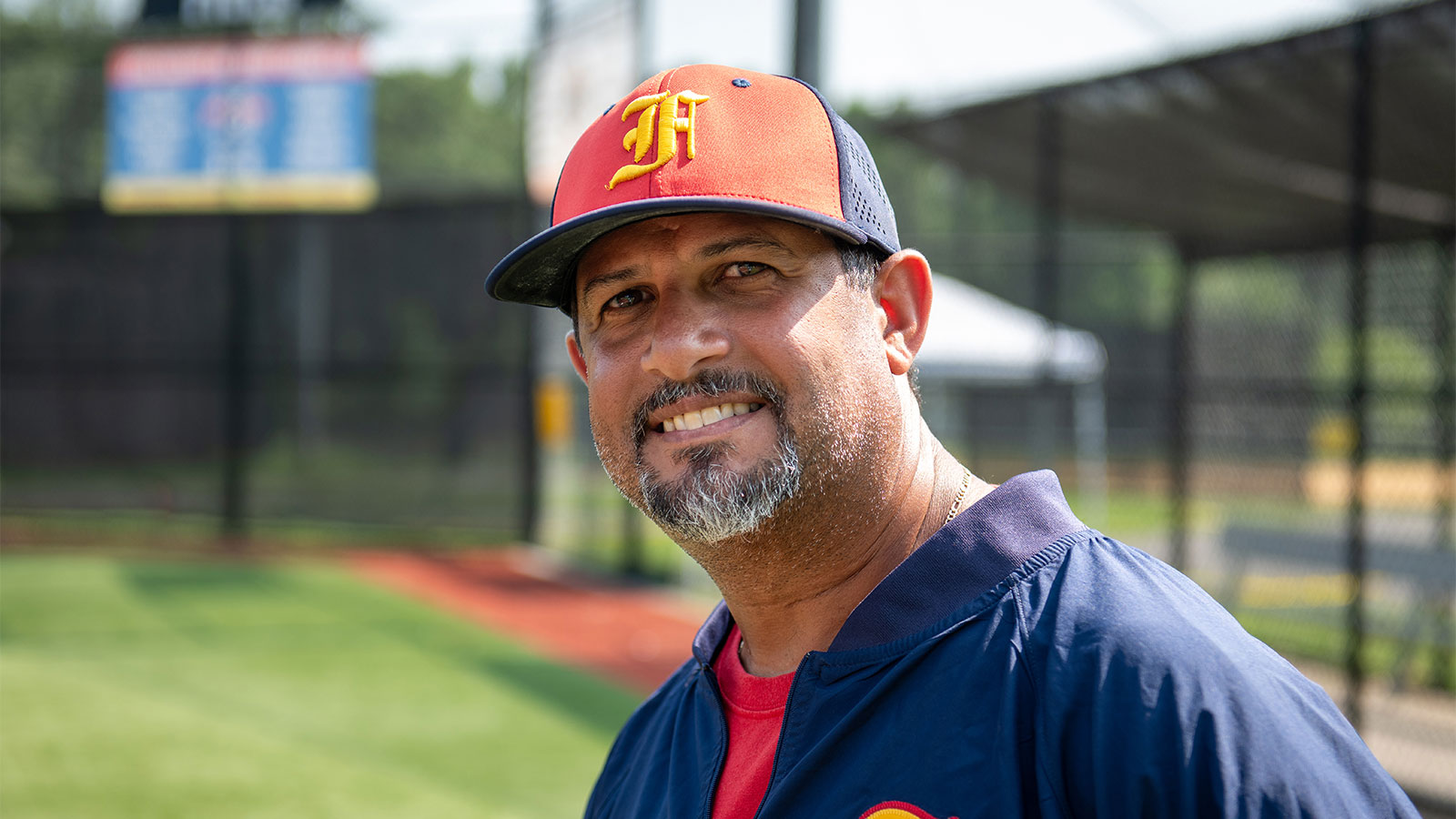
Baseball Coach Turns Male Breast Cancer Surprise into Personal Mission

The Brain Health Checklist: 11 Questions Everyone Should Ask

From Caregiver to Patient: Robotic Surgery Relieves Teresa's Knee Pain

How to Get and Stay Healthy This Fall

How to Reverse Prediabetes and Prevent Type 2 Diabetes

Young Breast-Cancer Survivor Has New Hope for Healthy Future

Is Cancer Hereditary? What You Need to Know About Your Genetic Risks

Tara's Story: From Debilitating Uterine Fibroid Pain to a Half-Marathon Medal

Is Your Post-Pregnancy Belly Bulge a Sign of Diastasis Recti?

The Top 10 Foods That Boost Your Brain Health

IBS and Alcohol: Can You Still Enjoy a Drink?

Focus on Mental Health Is Key Part of Andrew's Weight-Loss Journey

What You Need to Know About Epilepsy

'Feeling Joy Again': ECT Brain Stimulation Therapy Restores Ashley's Well-Being
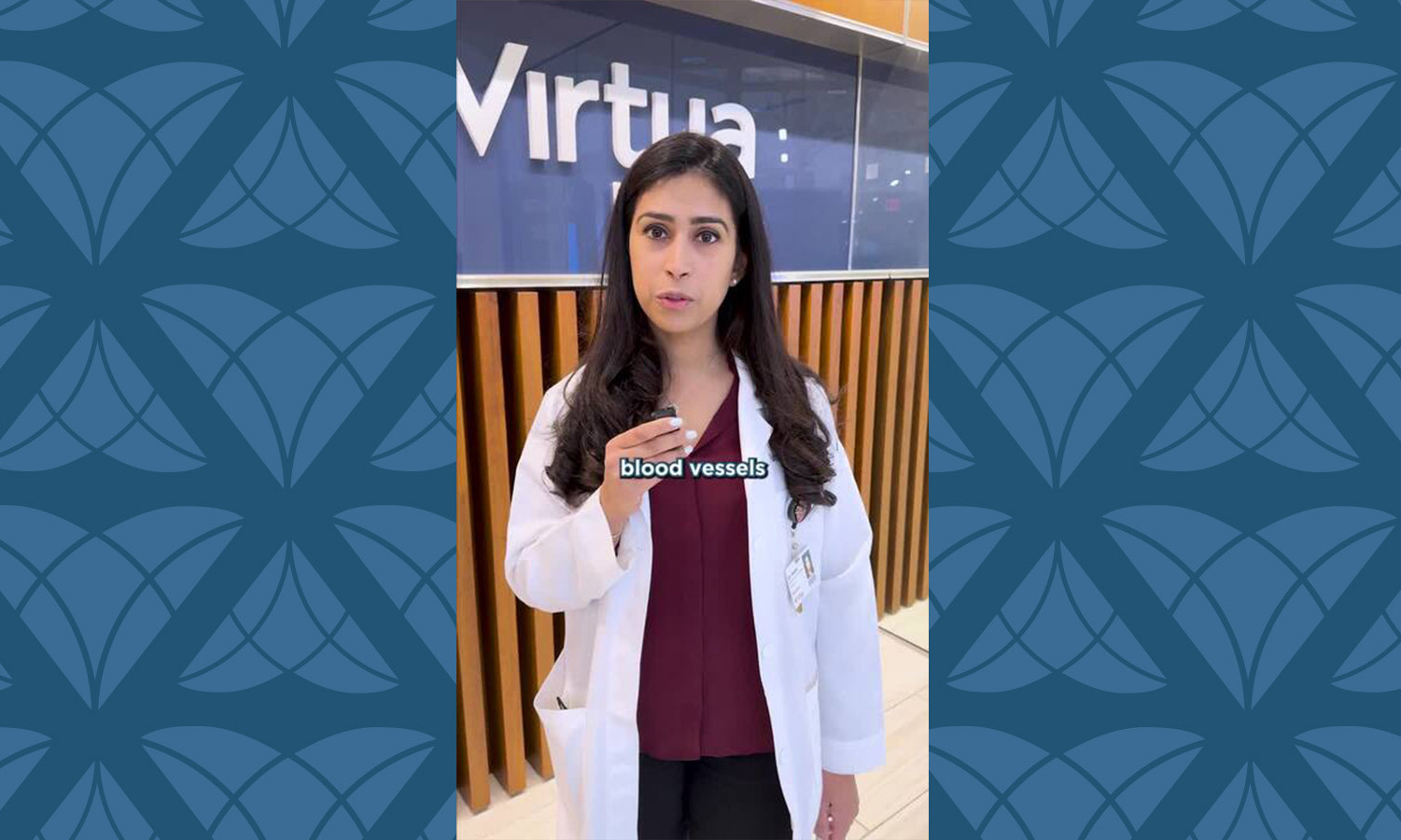
How High Blood Pressure Affects Your Body

Not Just for Wrinkles: Botox Injections Promote Improved Bladder Control

How to Stay Cool and Prevent Heat Illness All Summer Long

What Happens to Your Body When You Don't Get Enough Sleep?

Get to the Bottom of Blood Pressure Numbers

5 Key Facts About Proton Therapy for Cancer Treatment

Mood Swings vs. Mood Disorders: Know the Signs and Get Help
Are emotional ups and downs disrupting daily life? Learn common signs of mood disorders, and when to talk to a doctor about diagnosis and treatment options.

4 Foolproof Pelvic Floor Strengthening Exercises for Women

What to Expect During Perimenopause

Protect Yourself From Tick Bites and Lyme Disease

6 Tips to Tame Your Spring Allergies

Do You Know the Signs and Symptoms of Uterine Fibroids?

How Are Uterine Fibroids Treated?

Is an At-Home Colon Cancer Test a Good Alternative to a Colonoscopy?

What Should You Do if You Slip, Fall, and Hit Your Head?

How Do You Manage the Side Effects of Weight-Loss Medications?

A Woman’s Four-Step Guide to Fight Back on Back Pain

What You Need To Know About Carpal Tunnel Syndrome

The Truth About Menopause, Weight Gain, and Belly Fat

Shedding Light on Lesser-Known Menopause Symptoms and Solutions

Debunking The Myths About Vaginal Dryness
Inside Look at Blood Vessels Aids PAD Treatment
Denise Davis: Pay Attention to Your Heart Health

What You Need To Know About Stroke Treatment

10 Smart Ways to Manage Your Diabetes

Signs You May Have Chronic Kidney Disease

5 Essential Winter Foot Care Tips When You Have Diabetes

Sweet Music: Trust, Teamwork Save Justin from Heart Attack

Complex Heart Surgery Nets James a Lifelong Friend
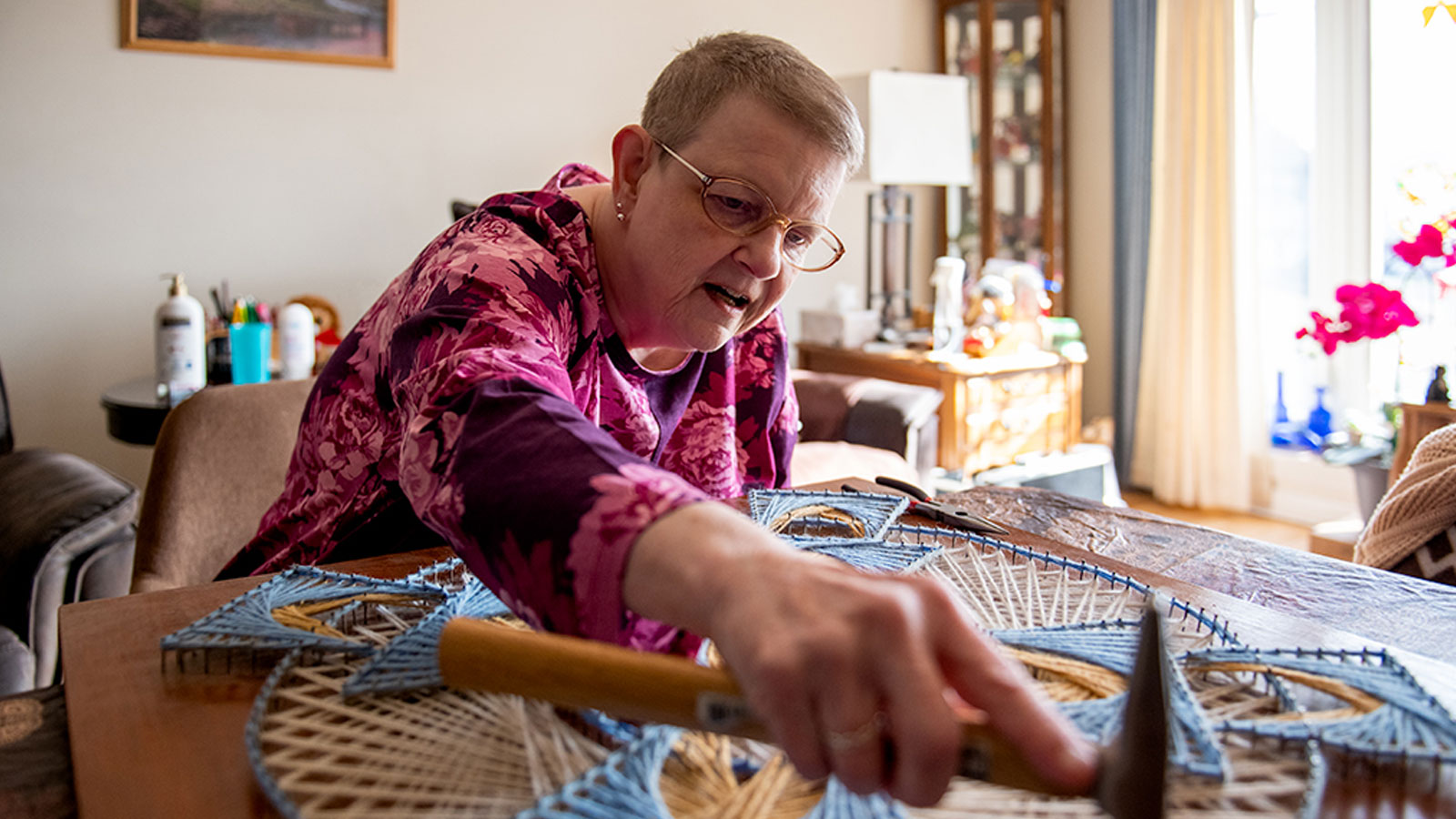
Hepatitis C Kidney Transplant a Blessing For Lee Manns
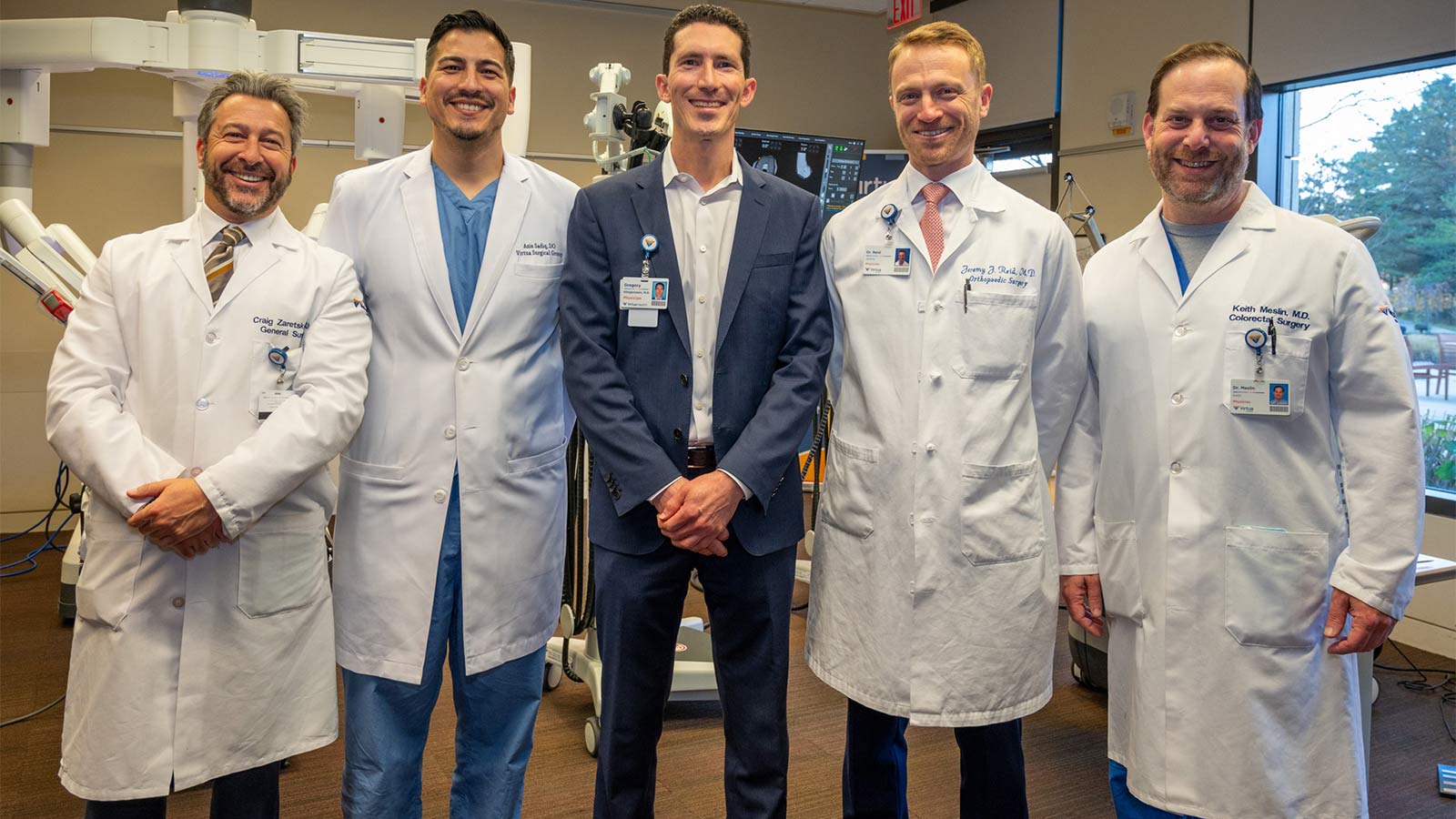
7 Reasons Why You Want Your Surgeon to Be an Expert in Robotics

Colitis Symptoms Under Control, Jennifer Is ‘Living My Best Life’

How Do I Care for a Wound that Won't Heal?

Surprising Symptoms May Signal Stroke In Women

Five Back Pain Risk Factors That You Should Know

Is My Back Pain Normal, or Is It Spinal Stenosis?

Robotic Hernia Surgery Combines Innovative Techniques With Faster Recovery Times

How Does Breast Density Affect Your Mammogram?

Menopause: New Insights Into the Power of Hormone Replacement Therapy

Signs You Should Get Treated For Vein Problems

One New Heart Valve Saves Two Lives in the Tritten Family

What You Need to Know About Heart Failure
Lung Valve Surgery Relieves COPD, Emphysema Symptoms

Lung Screening, Robotic Technologies Get Pat Kicking Up Her Boots Again

Breast Cancer Diagnosis Inspires Catherine to Help Others

Jasmine’s On-Air and Pain-Free After Gallbladder Surgery

When Should I See a Doctor About My Knee Pain?

Quick Action Leads to Jesse's Recovery From Stroke

A Non-Athlete’s Guide to Shoulder Overuse Injuries
Shoulder problems aren’t limited to athletes. Virtua orthopedic surgeon Sean McMillan, DO, explains shoulder overuse injuries and prevention in this article.

Put Lower Back Pain Behind You With This Ten-Step Guide

Wide-Awake Hand Surgery Speeds Recovery, Puts Control in Patients' Hands

South Jersey Veteran Thrives After Cross-Country Kidney Donation

3 Ways to Avoid Knee Pain

When Should I See a Doctor for My Hip Pain?

When Should I See a Doctor About My Shoulder Pain?

Is My Back Pain Normal, or Is It Sciatica?

Is My Back Pain Normal, or Is It a Herniated Disk?

When Is It Back Pain, and When Is It Something More?

Watchman Heart Device: a Technological Breakthrough for Blood Clot Prevention
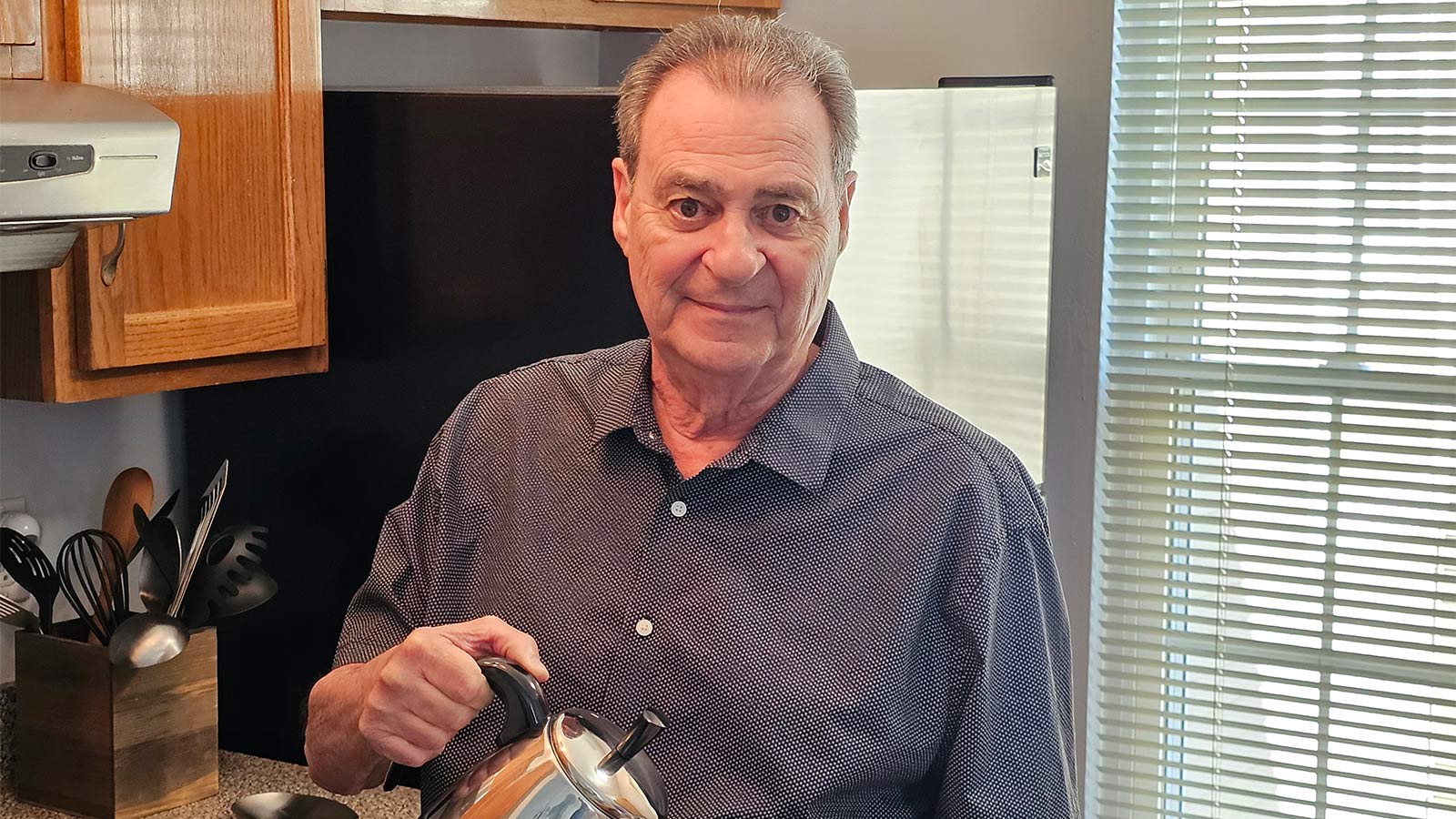
Albert's Emergency Cardiac Surgery Is a 'Story of a Lifetime'

What Can I Do Right Now About My Aching Back?

How Do I Get Rid of This Back Pain for Good?

3 Ways to Reduce Your Stroke Risk

Can Your Gut Health Affect Your Heart?

When Should I Be Worried About My Neck Pain?
Advanced Heart Failure Therapies Get Bernadine Back to Full Speed

Sarah Wins Back Her Health After Crohn's Disease Diagnosis
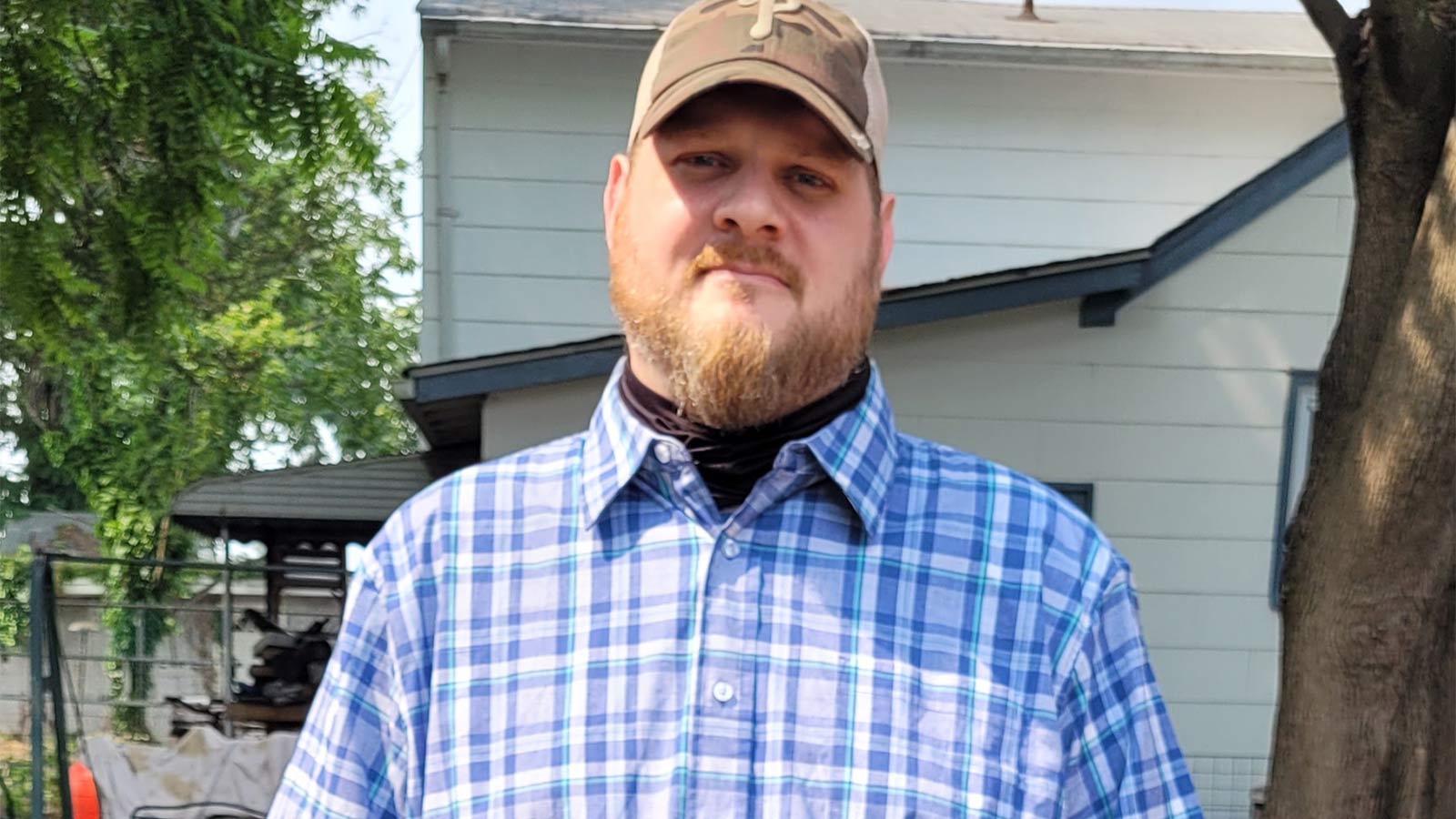
Overcoming Addiction, Philip Now Sees More Positive Side to Life
Firefighter's Successful Lung Cancer Care at Virtua
A Lung Screening Put Teresa Back in the Race
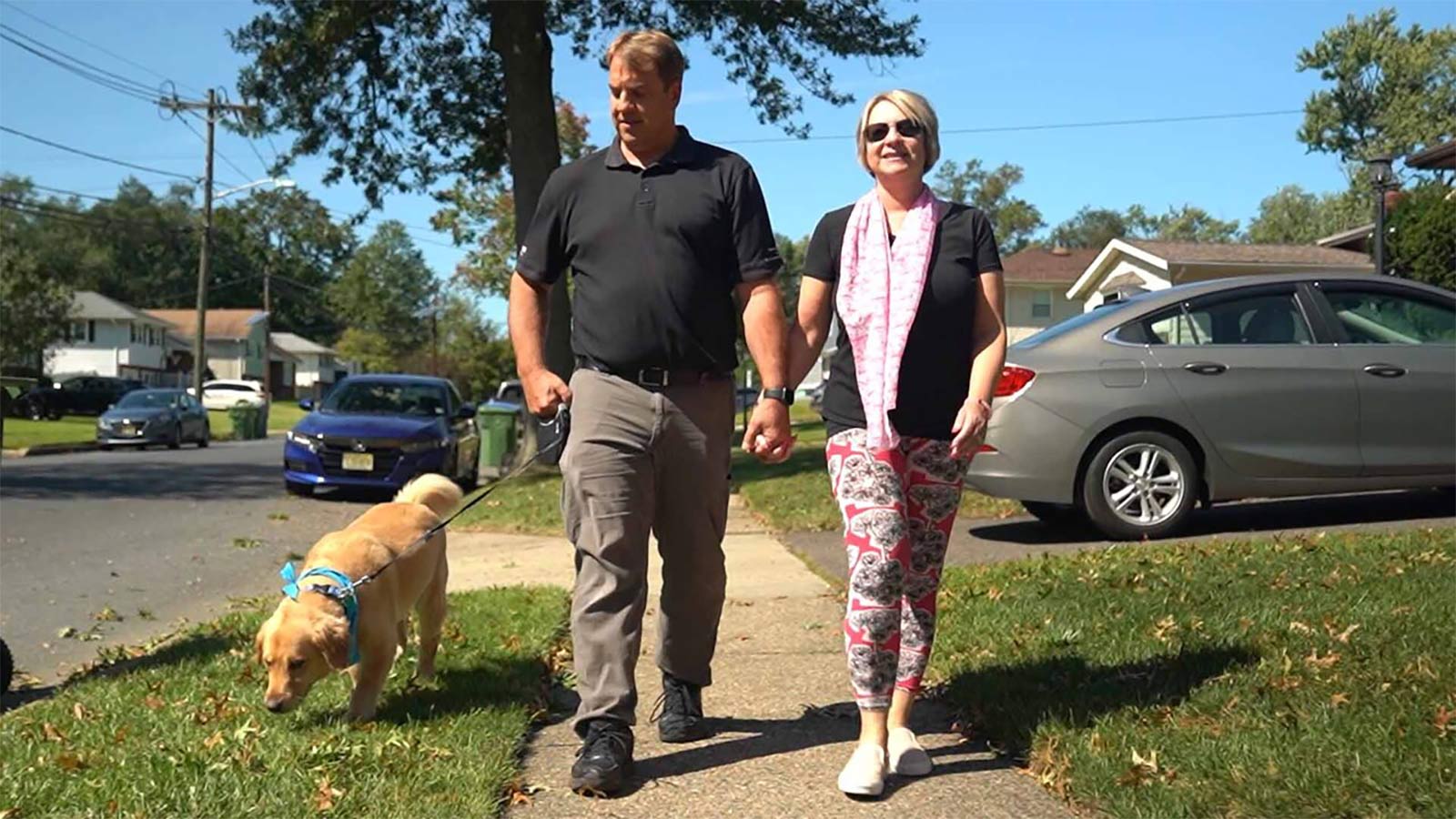
A Breast Self-Exam Saved Kristen's Life

Early Treatment is Best to Relieve Hemorrhoid Symptoms

The Top 10 Foods For A Healthy Diabetes Diet

Keeping the Beat: Advanced Heart Surgery for Aortic Aneurysm
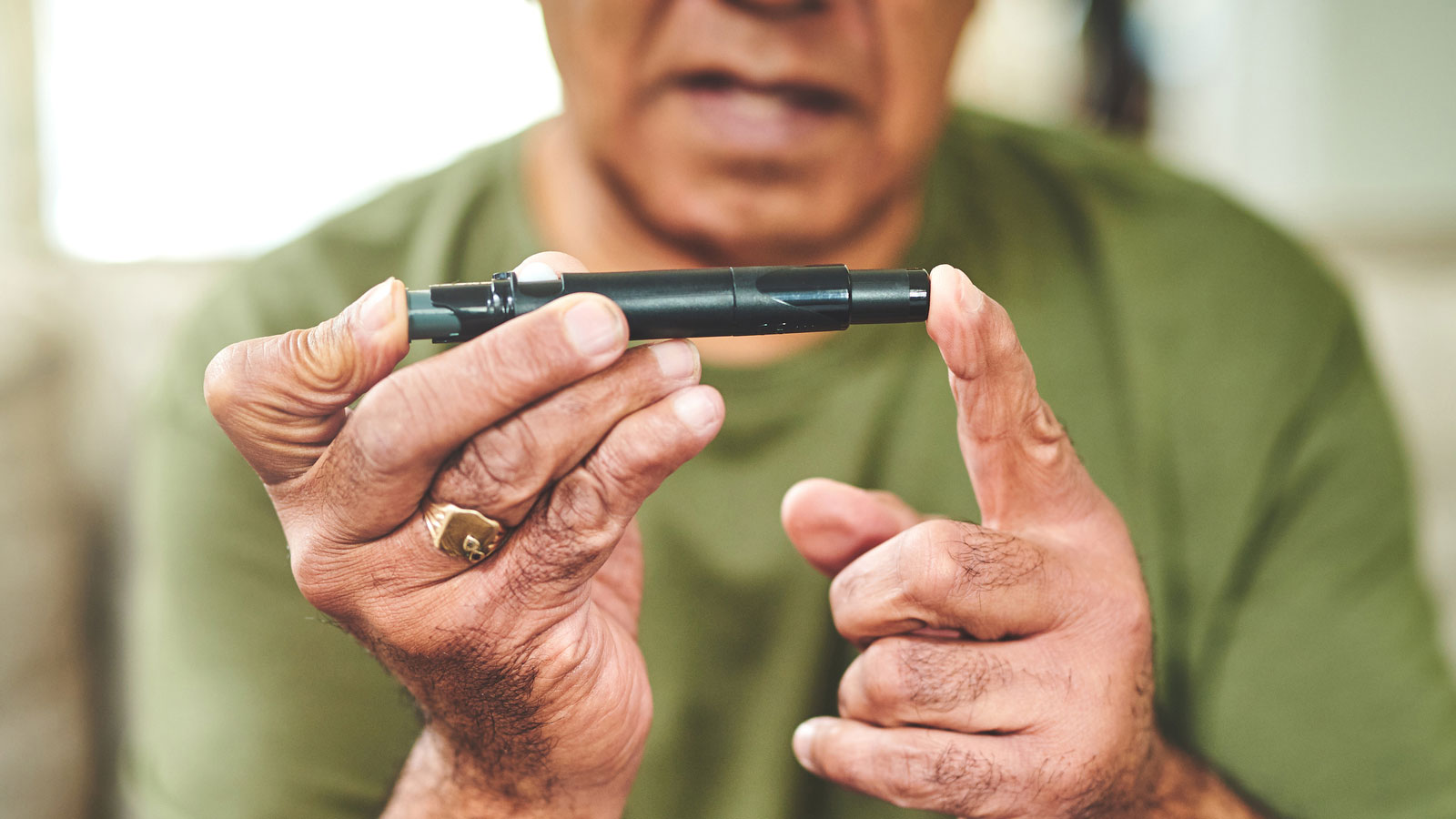
Are You At Risk For Chronic Kidney Disease

Local Pastor Makes Kidney Health Mission of Ministry

What’s the Difference Between Type 1 and Type 2 Diabetes?

All for Bear: Dan Loses Weight to Be His Son’s Kidney Donor

Augmented-Reality Surgery Has Bobby Back on Stage, Rocking His New Hip

Hyperbaric Wound Therapy Puts Joette Back in Motion
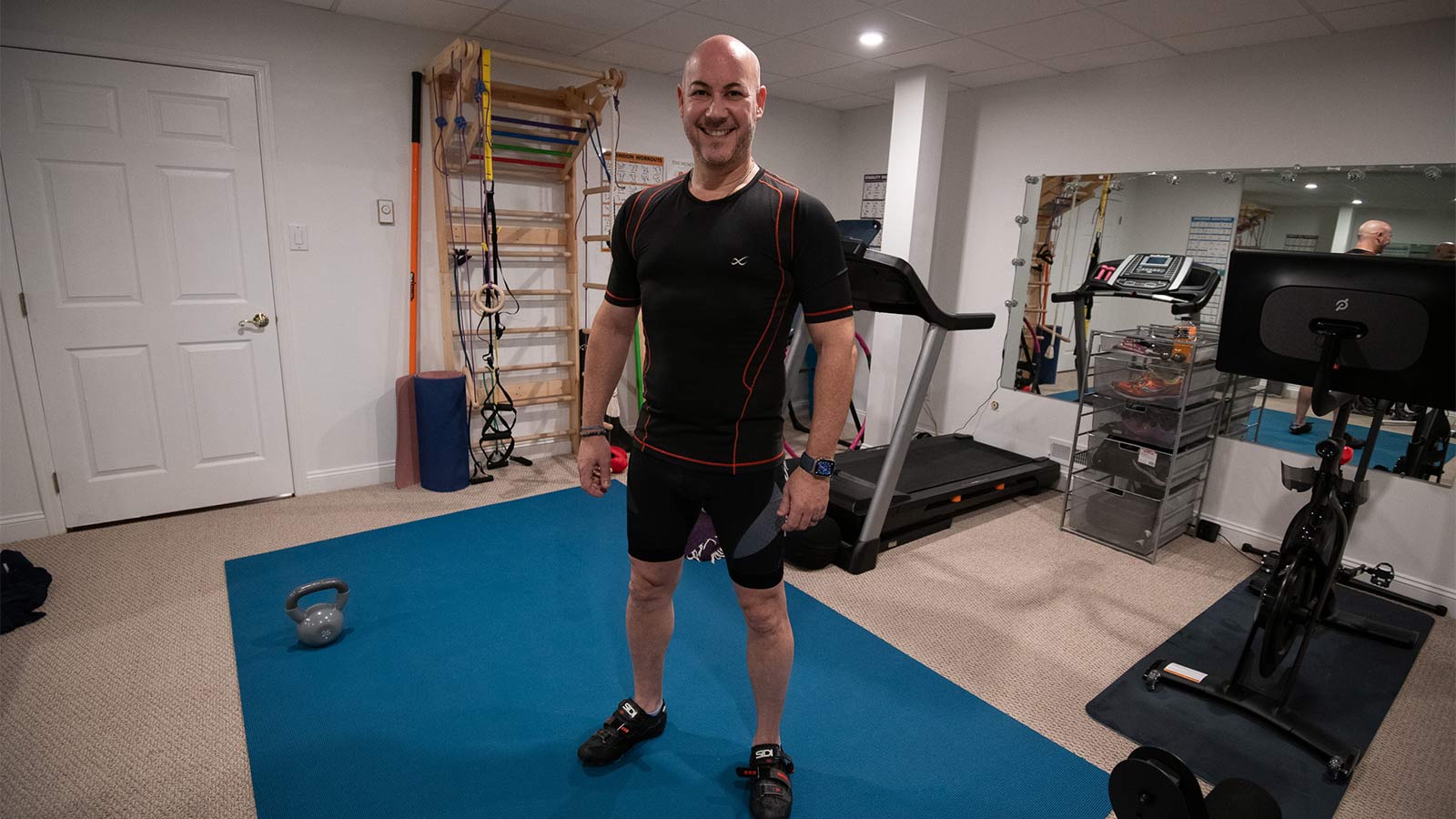
Robotic Hernia Repair Renews David's Active Lifestyle

